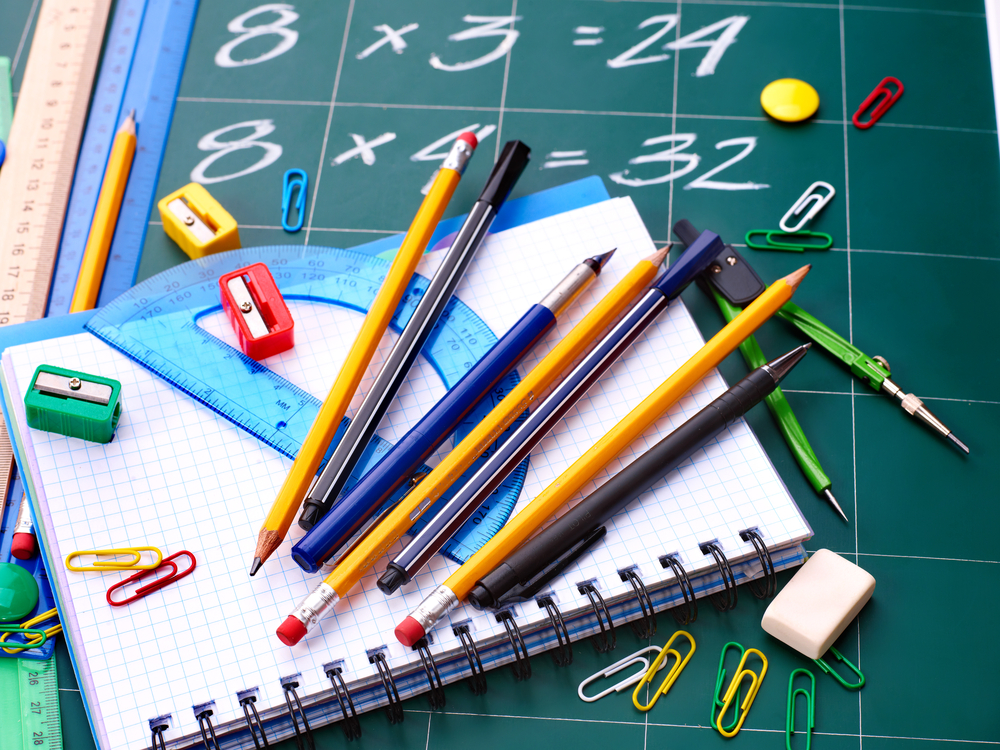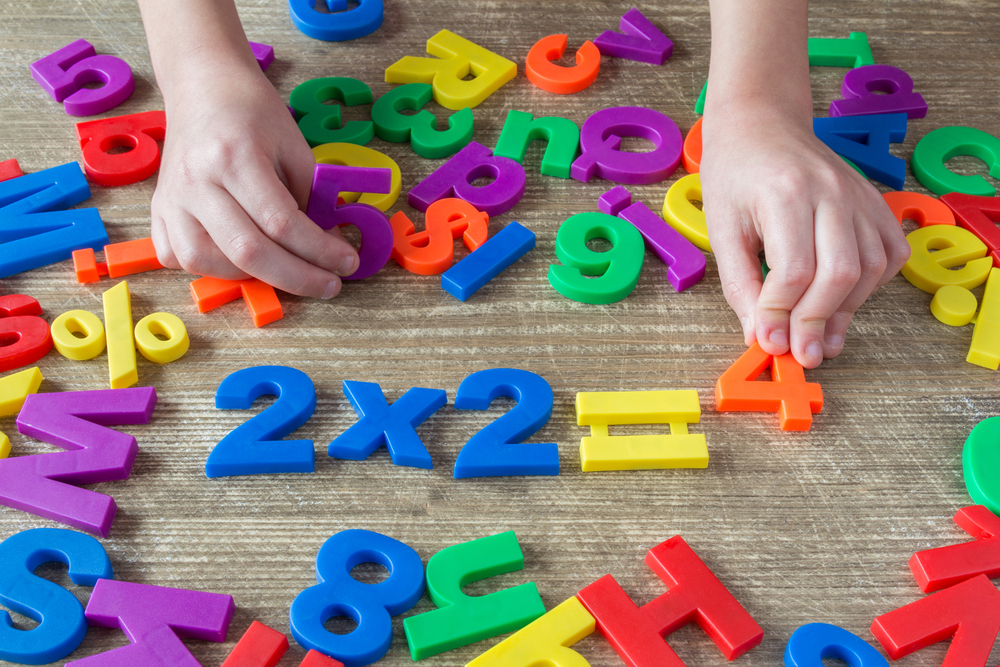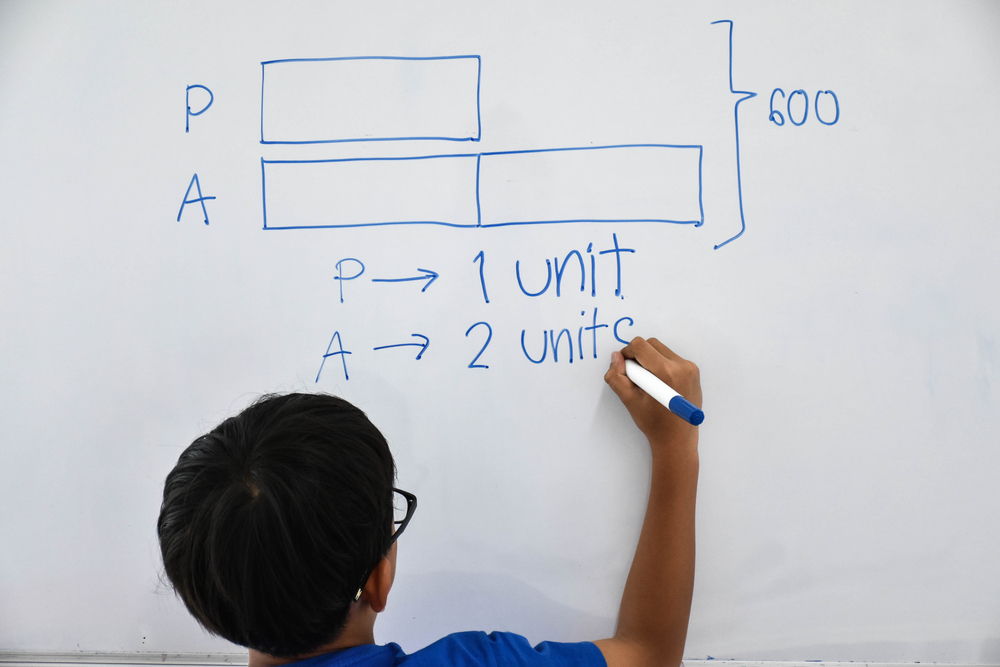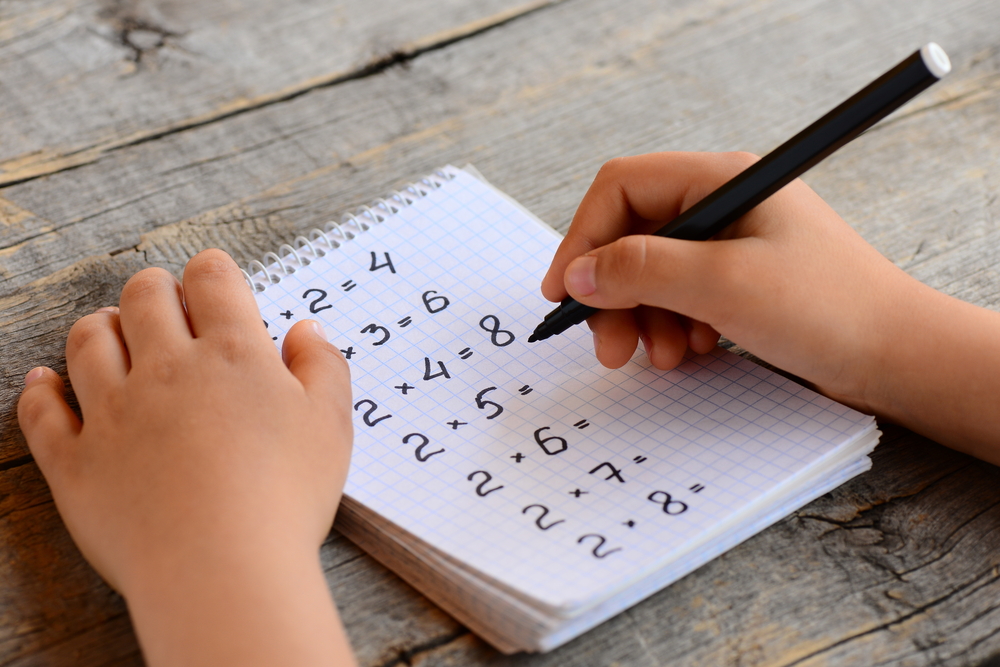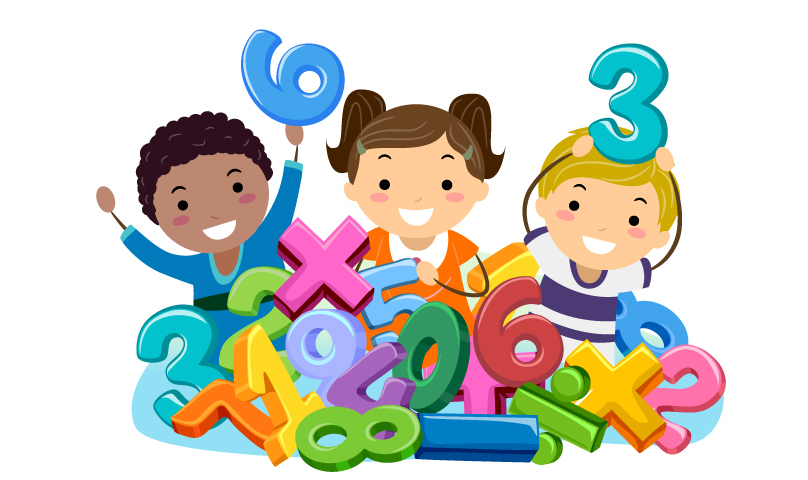Reading comprehension Normal Arrays Worksheets for Ages 4-9
4 filtered results
-
From - To
Unlock the power of reading comprehension for ages 4-9 with our engaging Normal Arrays Worksheets! These specially designed printables help young learners develop essential reading skills while exploring the concept of arrays in math. Each worksheet features fun and interactive activities that encourage children to read closely, understand instructions, and answer questions based on array patterns. Perfect for classroom or home use, these resources combine educational value with enjoyment, fostering a love for learning. Support your child's literacy journey and math skills simultaneously with our captivating Normal Arrays Worksheets—where reading comprehension meets mathematical exploration! Get started today!
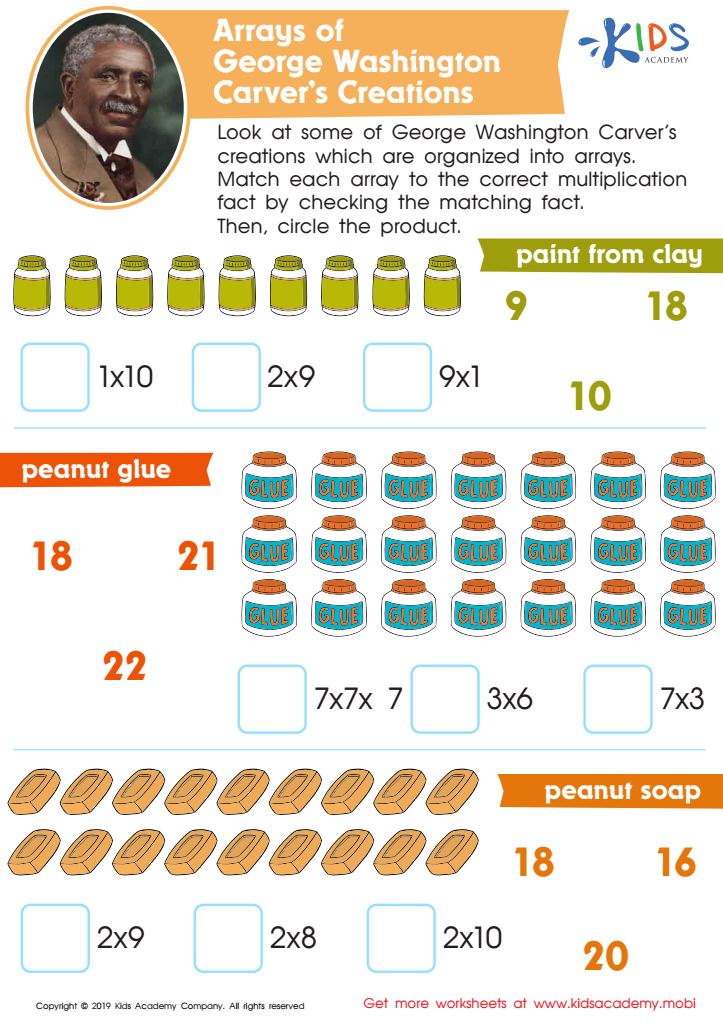

Arrays of George Washington Carver’s Creations Worksheet
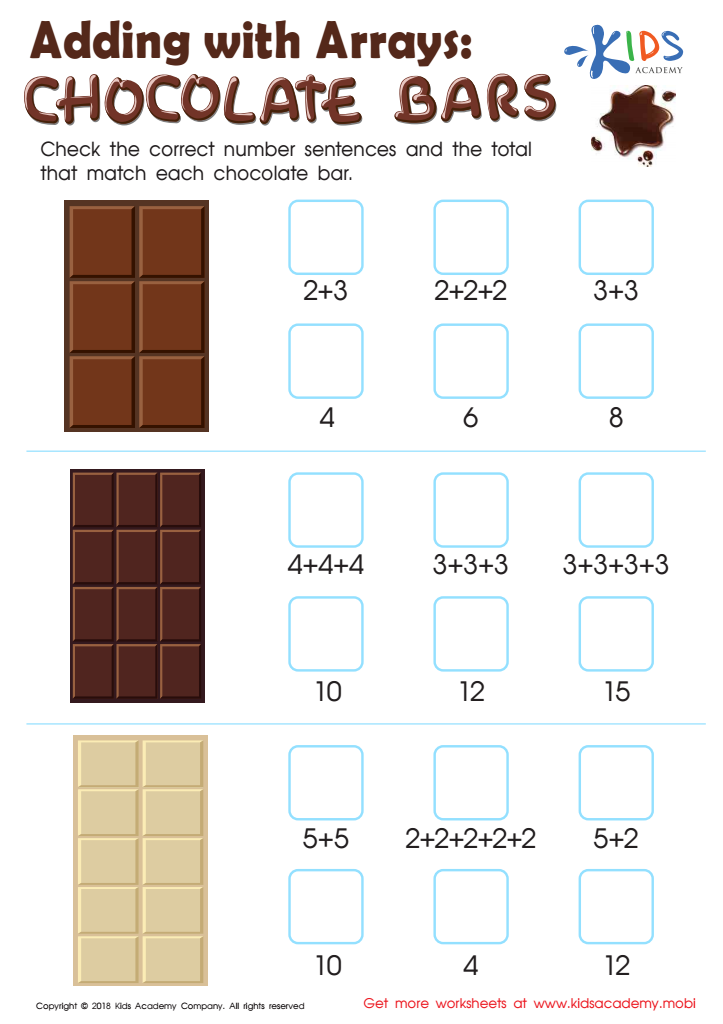

Adding with Arrays: Chocolate Bars Worksheet
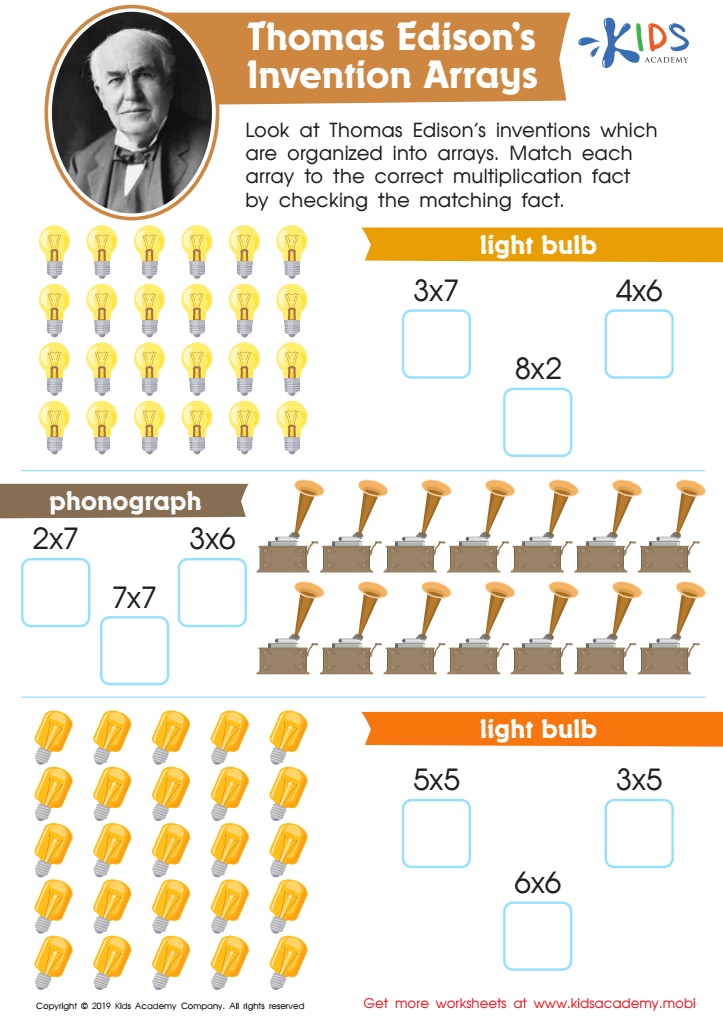

Thomas Edison’s Invention Arrays Worksheet
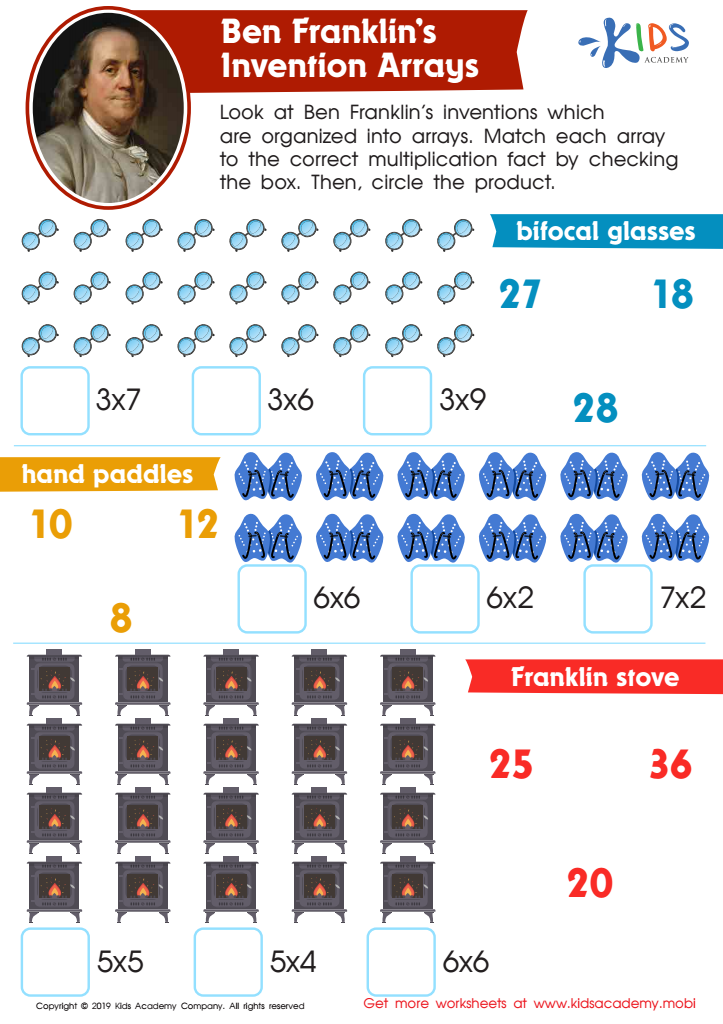

Ben Franklin’s Invention Arrays Worksheet
Reading comprehension normal arrays, specifically for ages 4-9, play a crucial role in educational development. During these formative years, children significantly enhance their language skills, meticulous critical thinking, and emotional intelligence through reading. Understanding of normal arrays helps educators and parents gauge where a child's comprehension skills fall on a developmental spectrum, enabling tailored instructions and support when needed.
For instance, identifying specific strengths and weaknesses within comprehension skills allows for targeted interventions. If a child struggles to grasp basic concepts, a teacher or parent can introduce age-appropriate materials that align with their reading level, making it easier for children to engage with the content meaningfully.
Moreover, comprehension skills serve as foundational for lifelong learning; strong early reading skills lead to academic success in later years. By focusing on comprehension early on, caregivers can foster a positive attitude towards reading and learning. These efforts cultivate not just academic proficiency but also life skills such as empathy and understanding different perspectives.
Ultimately, prioritizing reading comprehension normal arrays empowers parents and educators to ensure children progress timely and holistically in their educational journey, making reading a joyful and enriching experience.
 Assign to My Students
Assign to My Students



